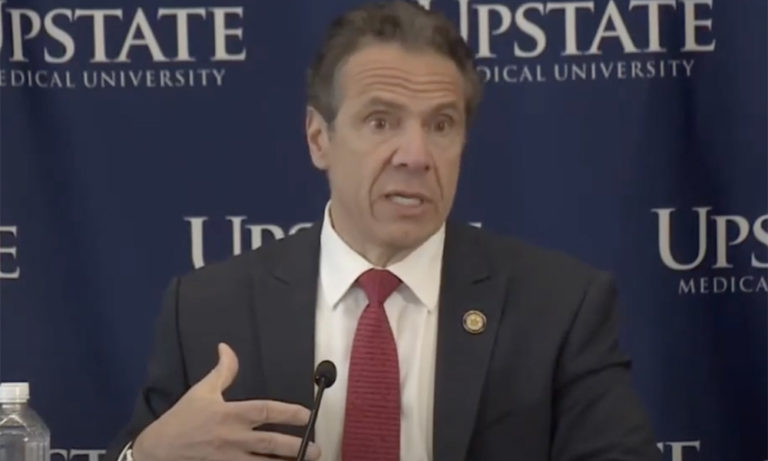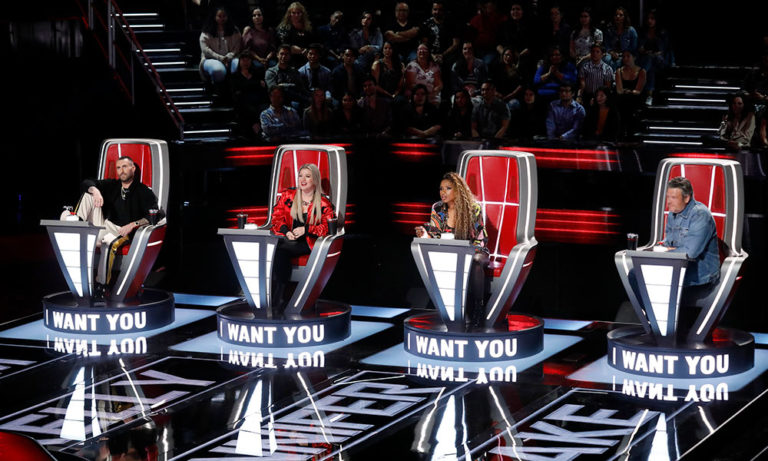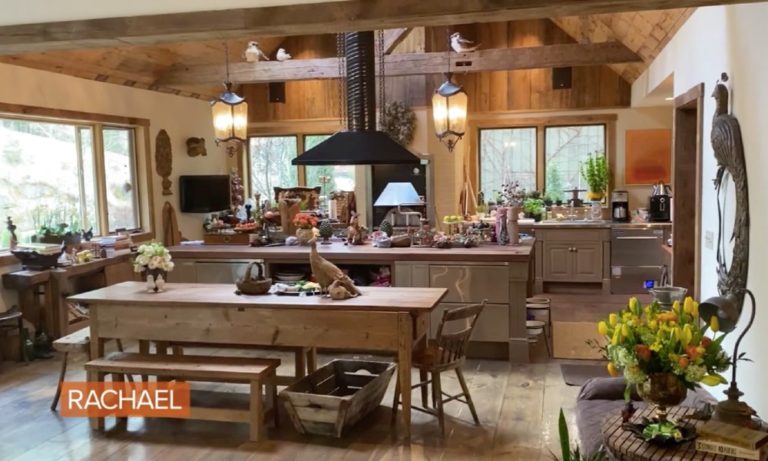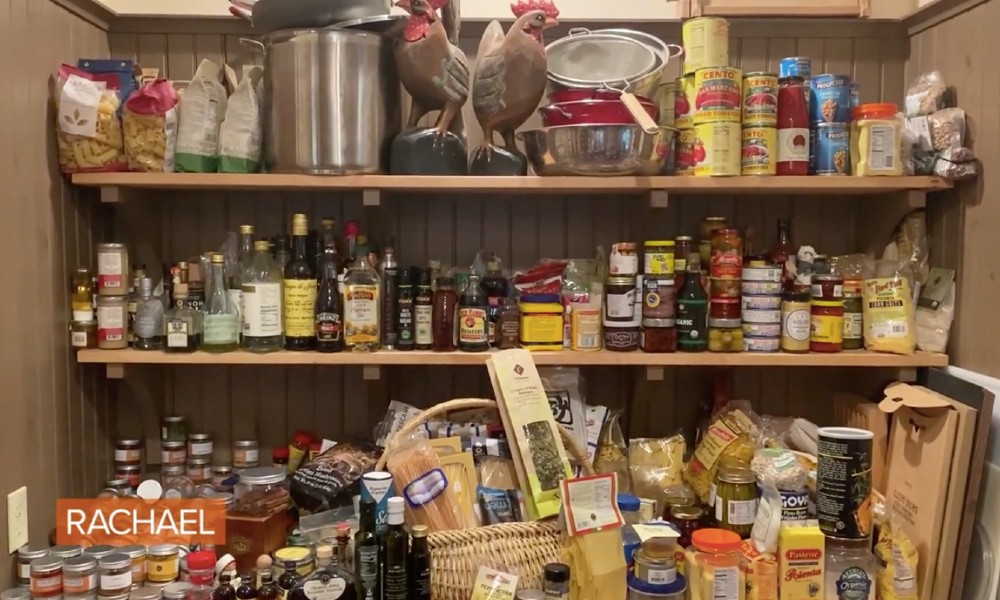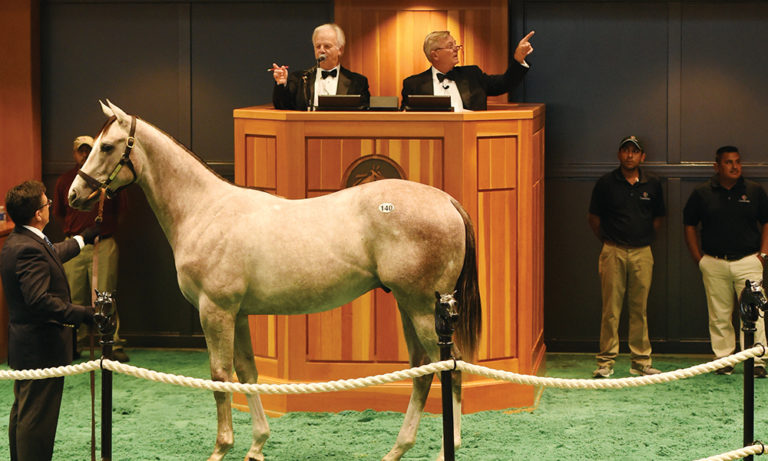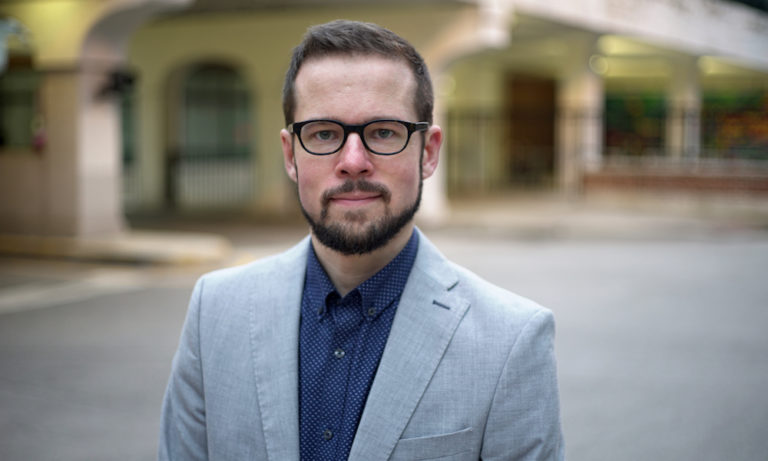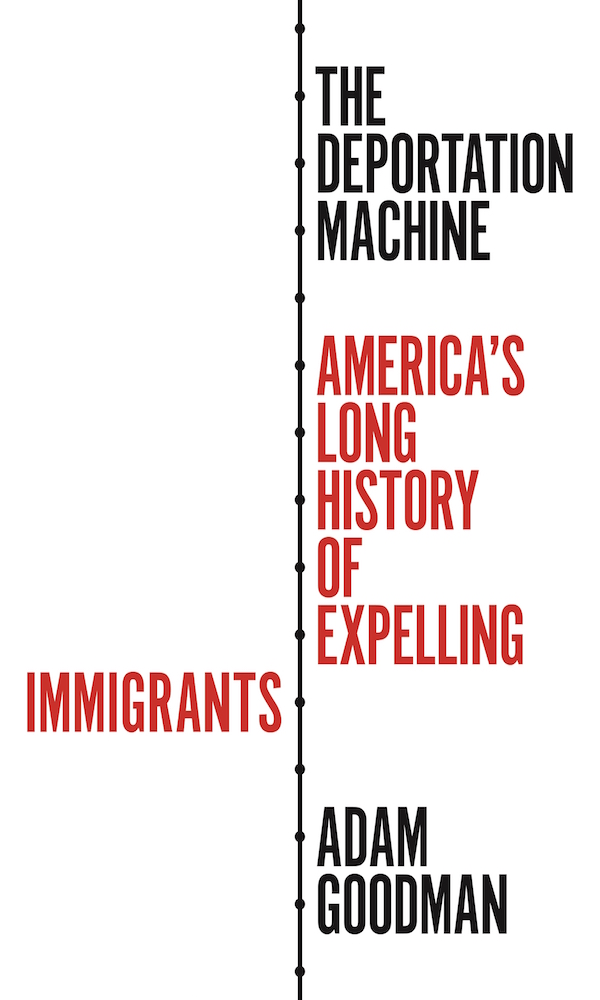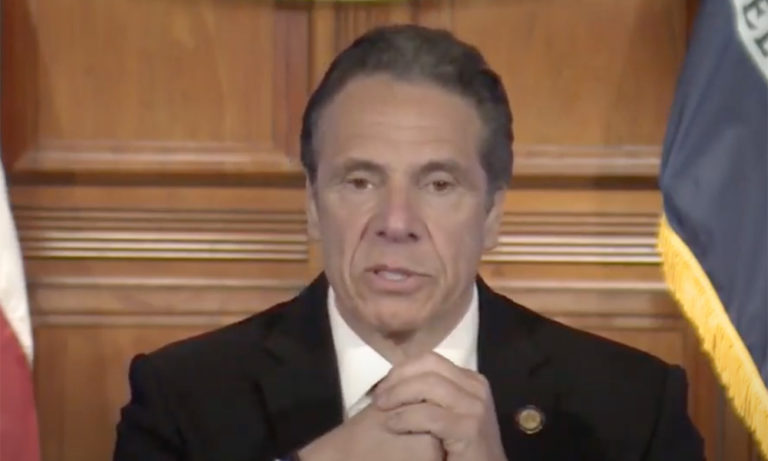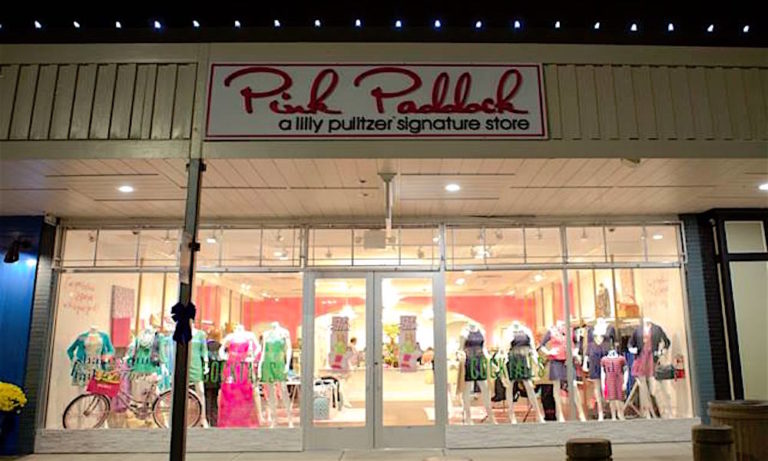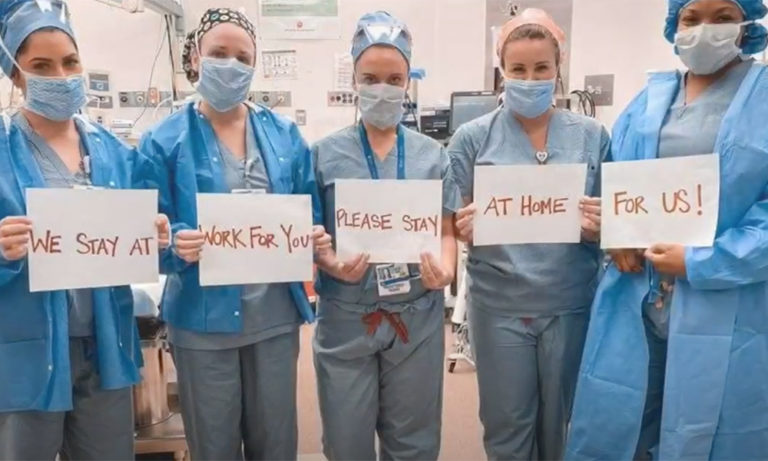Recently, a number of Facebook users, including myself, posted their senior photos from high school, with a little note of encouragement to the class of 2020, who will likely not have a live graduation ceremony, and then, may eventually matriculate to college, remotely, as well. It’s certainly not the situation any current high school senior was hoping for this year.
Looking up my photo led me to flip through my senior yearbook from Saratoga Springs High School, and I came away amazed at how many of us went on to such incredible careers. Of course, there’s Anthony Weaver, who’s now the defensive coordinator for the Houston Texans in the National Football League. There’s Sean Cogan, who works for Harken Industrial and Elevated Safety, and spends most of his days dangling hundreds, if not thousands of feet in the air. There’s my childhood neighbor and college buddy, Mark Oswalt, who is a pilot in the US Navy Reserves. And there’s Major Paul Jancsy, a pilot for the New York Air National Guard and Delta Airlines (who just beat the pulp out of COVID-19).
Another fellow classmate and friend of mine, Lisa Vande Vusse (née Ernst)—who I remember as a varsity cheerleader, fellow member of the National Honor Society and cellist in the Chamber Orchestra and just an all around kind person—would go on to get her degree in biology at Syracuse University, her MD at Dartmouth Medical School and her MS in epidemiology at University of Washington in Seattle, where she’s currently an assistant professor in the pulmonary, critical care and sleep medicine division; and serves as the associate program director for research and scholarship in the internal medicine residency program. She has specialty in pulmonary/respiratory disease care.
As you might remember, the Seattle area was one of the initial epicenters of the COVID-19 outbreak in the US. And while it was a scary few weeks of breaking news reports about those first cases, having been spread by person-to-person contact, and seemingly, having found its way around the globe with lightning speed, Washington State ended up largely containing the spread and avoiding the surge that New York State saw. (To date, Washington has confirmed a little over 13,000 cases, with just 723 total deaths, in comparison to New York, which has more than 275,000 cases and 20,000-plus deaths, respectively.) And while Dr. Vande Vusse’s been sidelined during the majority of the COVID-19 crisis for happy reasons—she’s expecting her second child, which at press time, was due in just a few weeks—she’s still been able to offer her expertise and continue working for the greater good through her multiple positions at the University of Washington.
Earlier this month, Dr. Vande Vusse published a short post, addressing her fellow healthcare workers, giving them sort of a pep talk and thanking them for their work on the frontlines. After reading it, I wondered if she might be interested in expanding on it for Saratoga Living‘s readership, with her expert perspective and analysis of the deadly virus. She agreed.
Here’s Dr. Lisa Vande Vusse, MD, MSc, talking about the COVID-19 crisis, in her own words.
***
The first reported cases were confirmed in Seattle and California. Were you able to work during those early stages of the pandemic, or had you already been sidelined?
[My] usual practice is to take care of patients who are hospitalized and have cancer and lung problems or need intensive care, and I was in the hospital in February when the first regional case was detected at a skilled nursing facility in Kirkland, WA [about 17 minutes from Seattle], and it was within one day of the first case reported of community transmitted virus in California. So, simultaneously, there were cases in Washington and California with no travel or contact with people traveling from Wuhan. I would say overnight, we went from operations as usual to suddenly, the way I like to describe it, a hospital filled with administrators with clipboards, who were starting to orchestrate our response to community transmission. This resulted in daily correspondences and policies and practices, and our [heightened] understanding of what was happening in our community. So, I was in the hospital just at the beginning of the local epidemic.
At that time, I assume that the medical community had an idea of what they were facing, with Wuhan having had its first cases at the end of December. What was it like actually seeing the virus’ spread in person?
You might think that we had better foresight, but in fact, at the time, the focus was still on Wuhan and keeping the virus contained with quarantine efforts there. But there was an undercurrent among the infectious disease specialists at the University of Washington who suspected that the virus was already more widely spread than we’d recognized. So, they had already laid some preparatory groundwork, for example, developing technologies to detect coronavirus in patients that were not rolled out yet but were already in development before the US knew we had cases.
Even though you’ve been sidelined during the crisis, how have you been able to pitch in?
I wear a couple of hats for the University of Washington. One is patient care and the other is a hybrid administrative/education role. I’m on a team of people that runs our internal residency program: We have about 175 trainees, who are in the space between independent practice and medical school, and they have been, because their scope of practice is respiratory diseases in adults, a very present component of the frontline care. I’ve been involved in the operational aspects of upstaffing the internal medicine residents, while trying to maintain their educational value. [There is a] constant tension between relying on them to take care of our community members and also needing to acknowledge that they are learners, simultaneously. That’s a lot of meetings and coordination. The other aspect is that our hospital is very large, and in our region, there was a very high and exponentially growing need for care for COVID, so we were exploring telemedicine as a way to take our pulmonologists and extend our expertise outside our region. But as the state of Washington responded to the social distancing and eventually, a stay-at-home order, our region effectively flattened the epidemic curve, and we didn’t end up seeing the huge surge that New York did.
Are your doctors now helping out other states like New York?
You can imagine that big institutions like University of Washington wanted to make sure that we were taking care of our own communities first, and then as it became more clear that we had enough capacity locally, the university did support people that I work with going and practicing elsewhere, specifically, New York, because [Governor] Cuomo changed physician licensing, so that physicians were able to get licensed in a day and sometimes less than a day. So, I had had colleagues who were not assigned to patient care directly here, and then, I don’t know if it was volunteer or if they were paid for their work, but they went to New York for predefined periods of time—like, a week or two, and provided services in hospitals in New York City.
Are any of those 175 trainees you’re working with going to be used as virus tracers?
Contact tracing? There’s a lot of interest in that. As social distancing continues and businesses start to open, we can’t predict what’s going to happen in terms of the transmission of the virus, and there’s a lot of interest in building infrastructure to be able to try to continue controlling the virus through understanding transmission from direct contact to direct contact. The literature that I’ve seen has been talking about using [people] like US Census workers. But not medical professionals necessarily. It could be people within public health, but not residents. They would be working in a hospital, seeing patients in the emergency department, admitting them and taking care of them, day by day, within a hospital setting. Or, equally important, our residents are also out in the primary care clinics taking care of people who are suspected to have COVID or have mild versions of COVID. They’re a very, very essential component of the community approach, because they’re keeping people out of the hospital.
You have expertise in respiratory diseases. Can you explain, in laymen’s terms, what COVID-19 does to a healthy person’s body?
There’s a lot that’s not known, and we’re learning very rapidly, but we’re able to extrapolate some knowledge from other coronaviruses. So, “coronavirus” is a family of viruses that can cause common colds and sometimes, pneumonias. For example, when I’m taking care of patients with pneumonia, who have a suppressed immune system, I’ve been testing them for coronaviruses for years and years. There are epidemic versions of coronaviruses—the ones you’ve probably heard about are Severe Acute Respiratory Syndrome (SARS) and Middle East Respiratory Syndrome (MERS)—that were cousins of the current virus that came and went in the past. Now, here comes this coronavirus that typically infects animals, and somehow transmitted, we believe, from an animal to a human population. That’s why it’s called “novel” coronavirus, because humans have never seen this infection before to our knowledge. What happens is, now that it’s among humans, it’s proven that it’s very easy to transmit from person to person. So, typically, what will happen is the virus is suspended inside the droplets or liquids that you sneeze or cough or pick up when you touch your face, and it’s spread from person to person either by being within close proximity, when you get coughed or sneezed on, or more commonly, someone has the respiratory secretions on their hands and then touches an object that you go and touch and pick up the virus onto your own body.
It enters the body through your nose, mouth and eyes, and gets inhaled down into the lungs, and then the virus itself comes out of those droplets and attaches to the cells inside your lungs and then invades into the cells directly. That, then, stimulates your immune system to respond to this foreign invader, and the immune system, in doing so, releases a whole bunch of chemicals, so that it can communicate with other parts of your immune system and orchestrate a response to the virus. In some cases, that immune response is very exuberant and can cause some collateral damage in the process of trying to clear your body of the virus.
I think there’s a common perception out there that the coronavirus attacks only older people and those that are immunocompromised and that it avoids children. But then you see these healthy individuals who just drop dead from it. Why is that the case?
Again, this falls into the area of we have a lot to learn about why this novel coronavirus behaves on such a spectrum. It probably has something to do with [the fact that] there are eight different strains of the virus, circulating in the US, at least in the last report that I saw. So, perhaps, the specific virus that one person gets behaves a little differently than someone else’s. There’s also some biology there: that there may be something unique to you, either your immune system or the way your lungs function, for example, that make it more or less likely for the virus to invade your particular cells. And then there’s this factor of the immune response. People are wired so that their immune system can do exactly the right job, can underperform or can go overboard. And depending on your genetics and the other medical problems that you have that influence your own immune system’s level of action, then that determines the severity of the symptoms that come once the virus is in your cells.
Governor Cuomo has quoted a number of times during his daily press briefings that 80 percent of COVID-19 patients who get put on a ventilator never get off of it—and eventually, succumb to the virus. Why is that? And what exactly is the ventilator doing for the patient in the first place?
The statistics are variable; there’s a wide range of reports of the probability of surviving, if you have COVID and pneumonia and are seriously ill enough to require support from a mechanical ventilator. So, I can’t quote you a specific number, because it depends on where you are in the world, what types of people they’re studying and what kind of resources they have. For example, a place that has fewer ventilators is going to reserve them for the sickest of the sick. Therefore, their mortality statistics will look worse than a part of the country that has more ventilators and could use them more liberally, including to folks that were less sick to begin with. There’s not a hard and fast survival statistic that applies to all situations.
A ventilator—the way I tell my patients and their families about it—is a tool that we use to support someone’s oxygen and carbon dioxide, the two main functions of the lungs, [and] to buy time. That’s all a ventilator does. It doesn’t actually heal the lungs of anything; it just buys time, while either medications or a person’s immune system solves the underlying problem, [which] in this case, cures the viral pneumonia.
So, it’s not really helping the person breathe, really.
Well, that is the way it buys time. It augments a person’s ability to breathe by inflating the lungs and pushing oxygen into the lungs, when a person’s body has failed to do so. It is able to get oxygen into the bloodstream and allow carbon dioxide to come out. But it’s a mechanical device that inflates the lungs. And, in fact, the ventilator, if used improperly or for a long time, can inflict its own injury on the lungs, since it’s not a natural state of breathing.
What would an injury like that look like?
After a certain amount of time, being reliant on a mechanical ventilator weakens your own muscles, because the ventilator takes over some of the work of your breathing muscles. And so, a person, even after surviving a mechanical ventilator, has a state of weakened breathing and other muscles. Also, over time, the lungs start to become inflamed in response to the ventilator blowing air into the lungs, and it can actually propagate the scarring that happens as the lungs recover. [Ventilators] are imperfect. There are certainly guidelines that pulmonary and critical care doctors are taught on how to use the ventilator in the safest way possible, but even then, it’s not perfect by any means.
What are you most afraid of right now, as far as the virus is concerned?
I think fear comes from uncertainty for the most part, because there’s no way to predict how this virus is going to behave in the long term. I draw a lot of reassurance from being surrounded by smart people, who use their skillsets to try to project forward, but there are so many uncertainties that we don’t know what’s going to come next. Although I would say, my fear level is various, day to day, which I think is super normal human behavior, and generally speaking, as I said, I draw a lot of comfort from being in a state that has responded as well as could be expected and being surrounded by leaders in the field who I know and trust. I know that these people are trying to solve these problems and I know how thoughtful they are.
What would your advice be to a doctor working on the frontlines right now?
I am concerned about the wellbeing, overall, of frontline care workers, and it goes beyond their likelihood of getting infected with COVID-19. The infection rates that we’ve seen among healthcare workers that I know has been relatively low and mild, because they’re generally younger and healthier people. There is the concern of them getting infected, but I’m more concerned about their longterm wellbeing. They are isolated from their family, and they’re enduring the mental anguish of seeing some really terrible things happen to patients that they care a lot about. They’re also having to provide care in circumstances that don’t allow them to provide the type of care that we all trained and desire to give to patients and their family members. And the fact that they’re physically distanced from their patients, by all this Personal Protective Equipment and infection prevention controls and that the patients are isolated from their support systems, causes a lot of heartache. So, my advice to frontline workers would be to find that way to refill their cup and take some respite and step away from it all. Put down their phones, stop paying attention to the media, take some breaks, protect some time for themselves and be able to rejuvenate themselves, as we go from this planning for a surge, which we’re now passed, and moving into a more chronic maintenance or plateau phase, where we’re all going to be in this for a long time.
What would your advice be to the people who are pushing to reopen communities early before safety measures have really been put in place?
Well, my first reaction would be to say that this is a very complicated problem, and while it’s easy to focus just on the science and the health aspects of COVID-19, the problem is, on a societal level, much bigger than that. There are people that are struggling to make ends meet and their financial concerns are very heightened, and there’s a community that’s also concerned about their civil liberties. So, this is a complicated problem that has no black-and-white right answer. What I will personally do is rely on the science and rely on leaders in positions like departments of public health and, of course, the NIH [National Institutes of Health] and the CDC [Centers for Disease Control], who are giving guidelines that are rooted in their best understanding of the science to try to protect people to the best of their abilities. It’s hard to give advice on that particular subject, because every family and individual is experiencing something very unique to their circumstances. But as a physician, I need to follow our best understanding of the science and the risks posed to the health of our community on the scale of serving the greater good.

